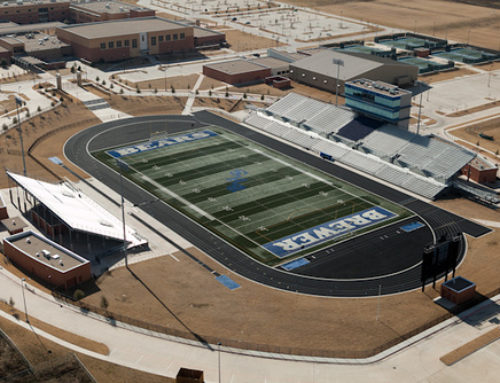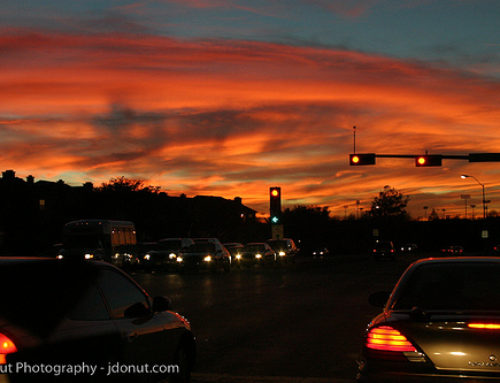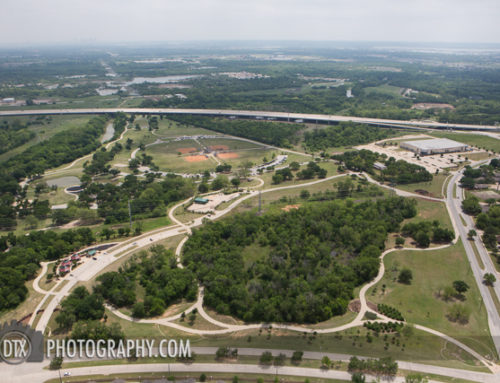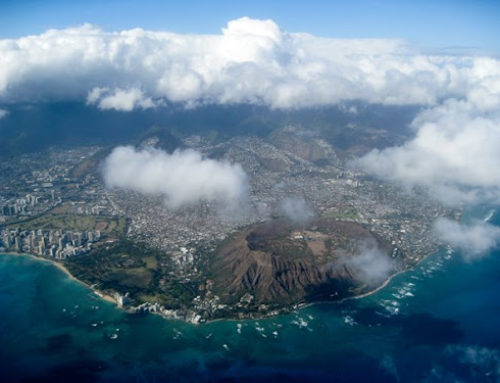Infrared is one of my favorite forms of photography. I’m a color guy. I love love color, and typically only use black and white when I can’t get my colors to work. Which is really what most photographers do, but that’s just a little secret of ours. However, black and white can really make an impact and can really be appropriate sometimes. It can even be harder sometimes, forcing a photographer to use tonal variation and separation vs relying on color to do that.
Here’s a black and white photo at Yellowstone National Park in Wyoming:
It’s pretty. I could probably expose up a tad.. but you get the picture.
Here is an infrared shot. There’s not too much difference, and no matter how much someone can swear they could do this in photoshop, they’re wrong. There’s nothing like infrared.
Here are some key notations. Look at the trees in the top left. Plant foliage either emits or highly reflects infrared light, now look at the sky. See how black it is. Beautiful.
Cameras can be modified to take infrared photos. This was taken with a modified camera, my first digital SLR. However a simple filter can have the same effect. With an infrared filter, almost all of the visible spectrum is blocked and the same effect will occur. However, you will need a tripod and a really long shutter speed. There are numerous tutorials online.
Also as a side note, “black and white” is not a category of photography. It’s a lack of color or at most a style, so if you’re a photographer and you have a portfolio gallery titled “black and white”, that’s just silly. That’s like me having a category called “2:3 ratio”, “digital” or “warm”. //end rant 😀
-Jonny Carroll Photographer
DTX photography
Dallas, Texas Aerial Photography
Dallas, Denton Texas Wedding Photography
Portrait Photography in Dallas, TX
DTX Dallas, TX commercial photography











